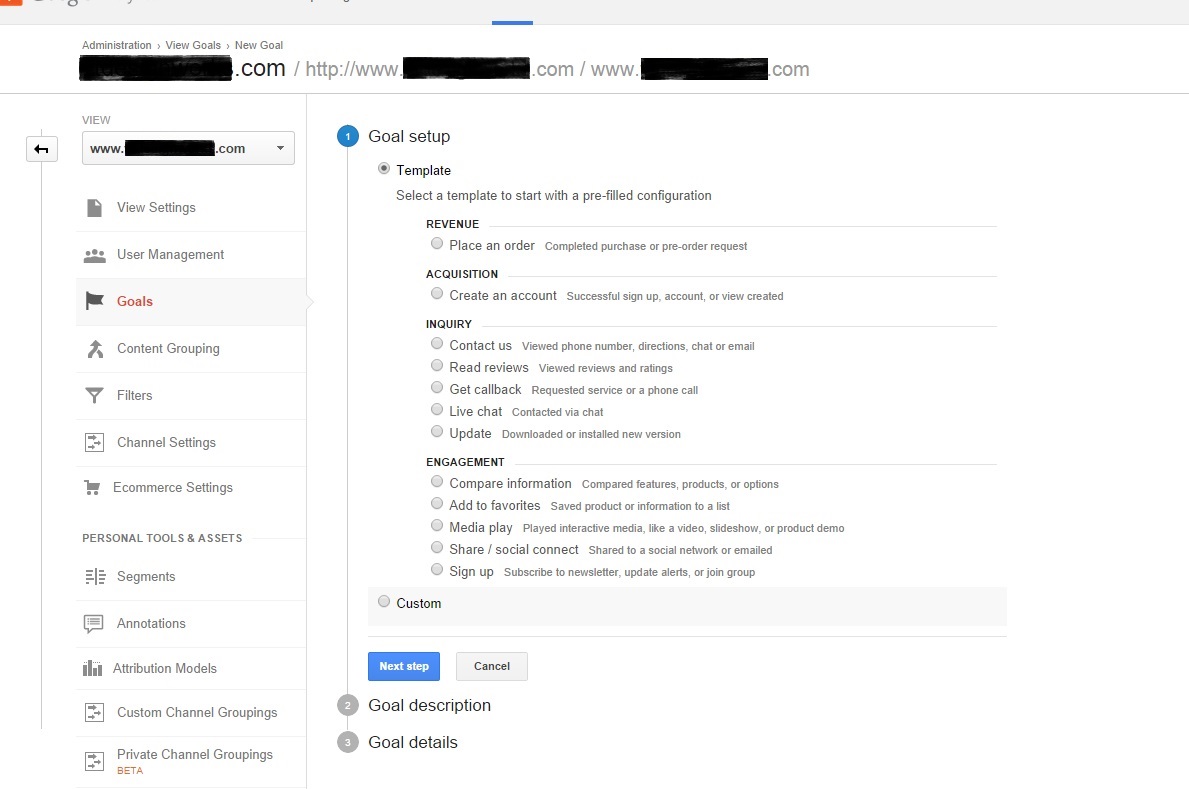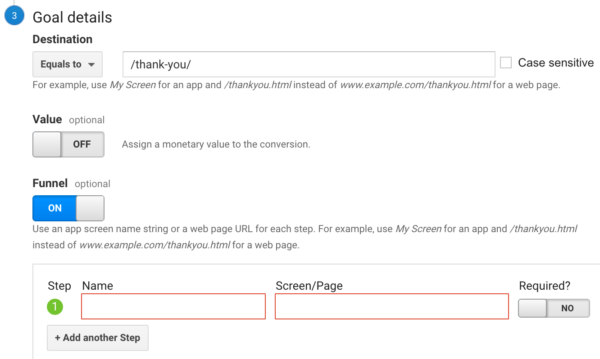Comprehensive List of What Data Is Google Analytics Goals Unable to Track
Comprehensive List of What Data Is Google Analytics Goals Unable to Track
Blog Article
Discover the Limitations of Google Analytics Goals: Unveiling the Data Types That Remain Untrackable
As companies increasingly rely upon data-driven decision-making, recognizing the restrictions of tools like Google Analytics ends up being paramount. While Google Analytics Goals deal useful understandings into user interactions, there exist data types that thwart monitoring, posing challenges to a comprehensive understanding of individual actions. These untrackable data types elevate inquiries regarding the accuracy and efficiency of the analytics information that companies heavily trust for their digital strategies. Curious to uncover the hidden unseen areas in your data evaluation process?
Incomplete User Trip Tracking
Insufficient individual trip tracking within Google Analytics can impede the capability to properly examine user actions. When the user journey is not totally tracked, there are spaces in the data that protect against a thorough understanding of how individuals communicate with a web site. This absence of insight can cause missed chances for optimization and renovations to the individual experience.
One usual problem with incomplete user journey monitoring is the failure to see the complete course that users take in the past finishing a goal or leaving the site. Without this info, it is testing to identify where customers may be coming across obstacles or rubbing factors that avoid them from transforming. Additionally, insufficient tracking can cover the influence of particular marketing efforts or site adjustments on individual behavior.
To address this limitation, it is critical to establish correct tracking systems within Google Analytics to catch the whole customer trip. This might entail establishing event tracking, objective funnels, or utilizing tools like Google Tag Manager to make certain that no crucial communications go unrecorded. By getting an extensive sight of the customer journey, website proprietors can make even more enlightened choices to enhance individual interaction and drive conversions.
Attribution Obstacles
Navigating with attribution challenges in Google Analytics needs an extensive understanding of how various touchpoints add to the overall conversion process. Acknowledgment difficulties develop from the complexity of contemporary consumer journeys, where customers interact with numerous networks before transforming.
One common attribution difficulty is the problem in attributing conversions to the correct resource, especially in cases where individuals interact with several networks before transforming. This can cause inaccuracies in figuring out which advertising and marketing initiatives are driving the most conversions. Additionally, cross-device tracking positions another acknowledgment obstacle, as individuals usually switch over between gadgets throughout their trip, making it testing to track their communications effortlessly. Marketing professionals need to meticulously analyze and evaluate acknowledgment data to make educated choices and optimize their advertising techniques properly.
Offline Conversions
Given the challenges associated with associating conversions properly in online channels, the measurement of offline conversions presents a substantial chance for marketers looking for a much more thorough understanding of their consumers' journey. Offline conversions refer to actions that clients take in the real world, such as making acquisitions in brick-and-mortar shops or over the phone, attending events, or engaging with published materials - what data is google analytics goals unable to track. These conversions are vital for organizations that run both online and offline, as they offer important insights into the efficiency of advertising campaigns across different touchpoints
Tracking offline conversions typically presented a significant obstacle for marketing professionals, as it was testing to link these activities back to details on the internet interactions accurately. With improvements in use this link technology, such as the combination of CRM systems, one-of-a-kind identifiers, and voucher codes, services can currently connect the space between online and offline data to get a much more holistic view of customer behavior. By effectively gauging offline conversions, online marketers can optimize their strategies, allot sources a lot more effectively, and ultimately enhance the general consumer experience.
Cross-Device Tracking
Cross-device monitoring plays a vital function in understanding the interconnected nature of customers' electronic interactions across several devices. In today's omnichannel world, where individuals effortlessly change between desktops, tablets, and smartphones, tracking their habits throughout these devices is crucial for marketing experts to gain a detailed sight of their consumer journey.

Furthermore, privacy concerns and policies such as GDPR and CCPA have even more complicated cross-device monitoring. With users requiring even more control over their information and raised constraints on monitoring innovations, marketers must find innovative and privacy-compliant means to attach customer communications across gadgets.
Dynamic Content Engagement
Understanding customer engagement with dynamic web content is pivotal in optimizing digital advertising and marketing approaches for boosted target market communication. Dynamic material refers to site components that change based upon customer habits, preferences, or various other aspects, providing a personalized experience. Tracking customer communications with dynamic material postures challenges for standard analytics devices like Google Analytics.
While Google Analytics can track fundamental communications like clicks and page sights, it might battle to record even more nuanced interactions within dynamic web content. what data is google analytics goals unable to track. Metrics such as time spent on particular vibrant aspects, float activities, or interactions within pop-ups are frequently not quickly measurable using common monitoring techniques. This constraint hinders marketers' capacity to completely grasp how site here individuals are involving with dynamic material and tailor their methods appropriately

Final Thought
Finally, Google Analytics objectives have restrictions in tracking incomplete individual trips, connecting conversions precisely, catching offline conversions, tracking cross-device interactions, and measuring vibrant web content involvement. These constraints highlight the relevance of exploring extra monitoring methods and devices to obtain a much more comprehensive understanding of user behavior and conversions past what Google Analytics can supply.
While Google Analytics Goals deal valuable insights into individual communications, there exist information kinds that elude tracking, presenting challenges to a thorough understanding of individual habits.Insufficient user trip tracking within Google Analytics can impede the capability to precisely examine customer habits. When the user trip is not fully tracked, there are spaces in the information that prevent a thorough understanding of exactly how customers interact with a website.One typical concern with incomplete customer journey monitoring is the failure to see the complete path that customers take Going Here previously completing an objective or leaving the website. By getting an extensive sight of the individual journey, web site proprietors can make even more informed decisions to enhance user involvement and drive conversions.
Report this page